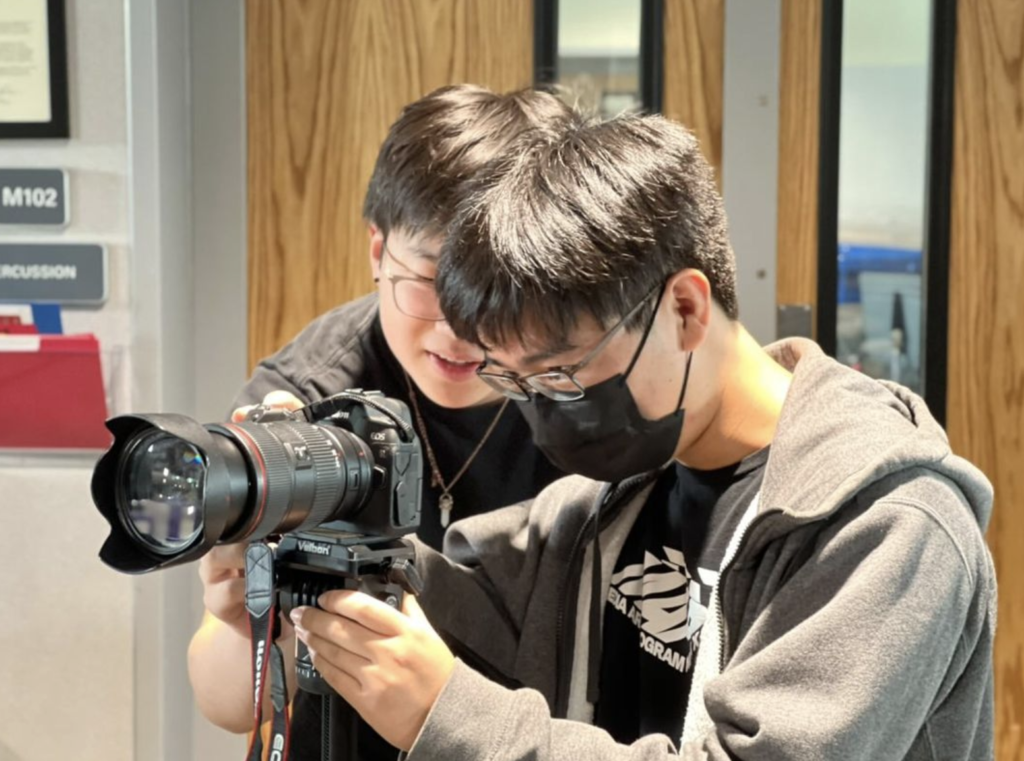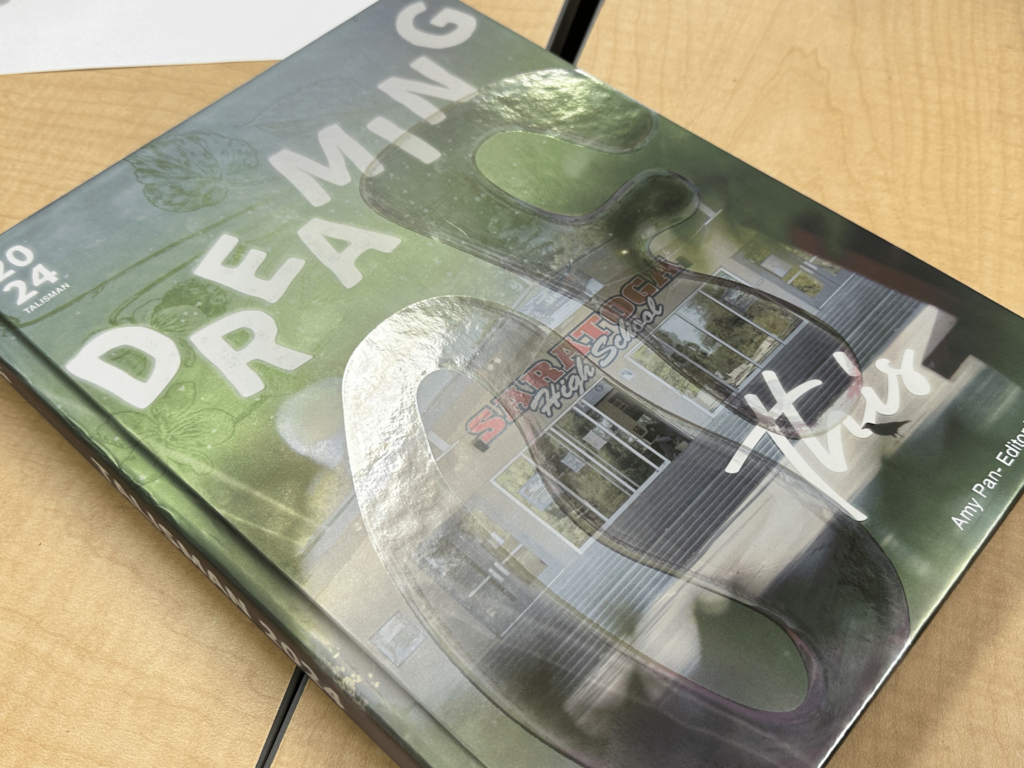Until October, the SHSTV broadcast was shown on occasional Blue Days between second period and tutorial. However, because the broadcast clashed with ASB announcements and students often didn’t pay attention because they left for tutorial, adviser Benjamin Brotzman and the administration decided to move the broadcast to the beginning of sixth period, a period that has 5 extra minutes and can accommodate it.
While sophomore Anisha Rahut enjoys watching the broadcasts, she’s glad that they have been moved later on into the day.
“Instead of having to watch SHSTV between second period and tutorial, it’s more convenient for us to just go to tutorial directly after class,” Rahut said.
In extra efforts to increase student engagement with the broadcasts, the crew has also shortened the target length from 6 minutes to 5.
The shortened videos currently consist of two components: the introduction and the featured stories. The broadcast starts with an introduction, where the anchors hosting the broadcast introduce themselves before jumping into a story. Throughout the broadcast, anchors comment on each featured story, and provide transitions from one story to the next. The other section of the broadcast includes the stories themselves, where students film interesting activities such as food reviews, talk about recent school activities, or participate in fun trends like asking students about their favorite songs.
Due to the shortened broadcast, anchors must not only read their lines out faster, but the stories have been shortened from 60 to 90 second stories down to just to 45 seconds.
“We’re basically just cutting interviews down,” head producer Adam Xu said. “We’re trying to get rid of any unnecessary detail and just make the stories longer, pitchier and more straight to the point.”
All the changes made to the broadcast aim to efficiently engage with the audience through quality content, while still being able to get their message across.
“We put in a lot of work and time into making good stories, ” Xu said. “So overall, the shortened time can be seen as a positive change, because it forces us to be a bit more concise while making sure more people see our work.”



























